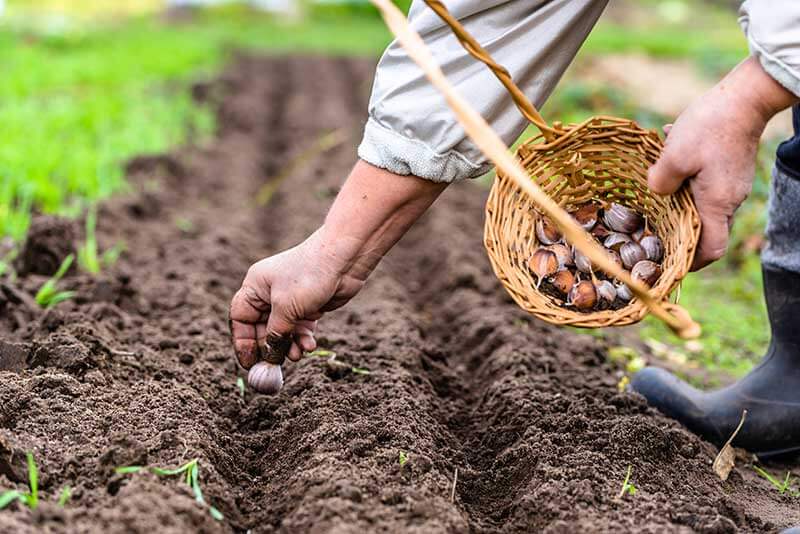Massive Lowveld greenbelt to boost farming
Large-scale irrigation on 200 000 hectares in the Lowveld is now possible as full dams, including the giant new Tugwi Mukosi dam, allow farmers to meet their potential and move into high levels of production of a vast range of crops and manage productive herds of cattle.
Communal farmers will now be a major part of these new irrigation developments, with President Mnangagwa seeing irrigation as the only way arid communal lands can ever be powerhouses of production, a policy already been implemented in the Kanyemba area using Zambezi water.
Lowveld soils are generally fertile and deep, but need water to produce crops, fruit and a decent cattle industry. In the past Lowveld irrigation was concentrated on commercial land, but under new policy initiatives communal communities can now partner with private investors and the Government to accelerate development.
A fundamental requirement about such communal land development is that no one is pushed off their land, although homesteads can be moved very short distances to allow canals or other infrastructure to pass, and that the communities, the investor and the local rural district council have to reach agreement with the Government holding the ring.
Among the first of these new deals between a private investor and a communal lands community is in the Chilonga area along the Runde River where a great deal of the necessary work to hammer out the agreement has already been done to create the win-win situation where both farmers and the investor make a great deal of money.
While there have been fake new reports of people being evicted, the fundamental policy that no one is pushed off their land has been embraced by everyone.
No one living in the Chilonga area will be displaced, but some might need their houses shifted a short distance to allow a canal to pass, Local Government and Public Works Minister July Moyo stressed last night, so that all in the area can benefit from a US$60 million major irrigation scheme on 6 000ha, about three percent of the future irrigated area in the Lowveld,
Speaking on Zimbabwe Newspapers Television Network (ZTN) last night, Minister Moyo said Government had no intention to displace people.
“We have told the investor that we do not want to displace anybody. This land belongs to the State and planning is going to be undertaken by the Ministry of Lands together with the investor, plus of course those who are going to benefit. The rural district council, as the land authority there, will remain seized with the issue.
“Chief Sengwe, Chief Showani and others who are involved obviously will want their people to benefit and we will not leave them out in our formulation,” said Minister Moyo.
A few households would be slightly affected. “Government officials have gone to the places and we have found that the majority of the people will remain in their place. A few will be affected but only to the extent that a canal might pass through their homesteads but their fields are going to use the canals.
“They are going to have their cattle there and we are not going to disturb that,” said Minister Moyo.
Government’s vision was to empower communities through projects with partners.
“We will ensure that the communal area becomes productive and the President has said the only assured way of permanence and sustainable development in these dry areas is through irrigation.
“We put water in Tugwi Mukosi, Mutirikwi and Manyuchi dams. We have excess water which is not being used and rather than looking for commercial farming areas so that investors come and invest there, our President is saying let’s go to communal areas which have good land and do something for them,” he said.
Government could not afford all the work so some of the projects were being done by the private sector.
“We want to make sure that the standard of irrigation is anchored by somebody. That’s what we are talking about. We are not displacing our people in the same manner history has taught us. We cannot do that. This President will not do that.”
Writing on his Twitter handle last night, the Deputy Chief Secretary to the President and Cabinet Responsible for Presidential Communications George Charamba said the lucerne growing was a small part of the development plan of the affected area.
“The plan is far-flung and involves irrigation of over 200 000 hectares under thousands of centre pivots, all for crop, fruit and beef production.
“Those wishing to diss the project do so by presenting it as a one-item affair which it isn’t. They also predicate it on the coming in of an outsider as a fodder grower, forgetting the bulk of the plan is State-involved and funded for the development of community and country.
“Anyway, there will be complete communication from Government, both by a comprehensive statement and a refashioned Statutory Instrument.”-herald.cl.zw











